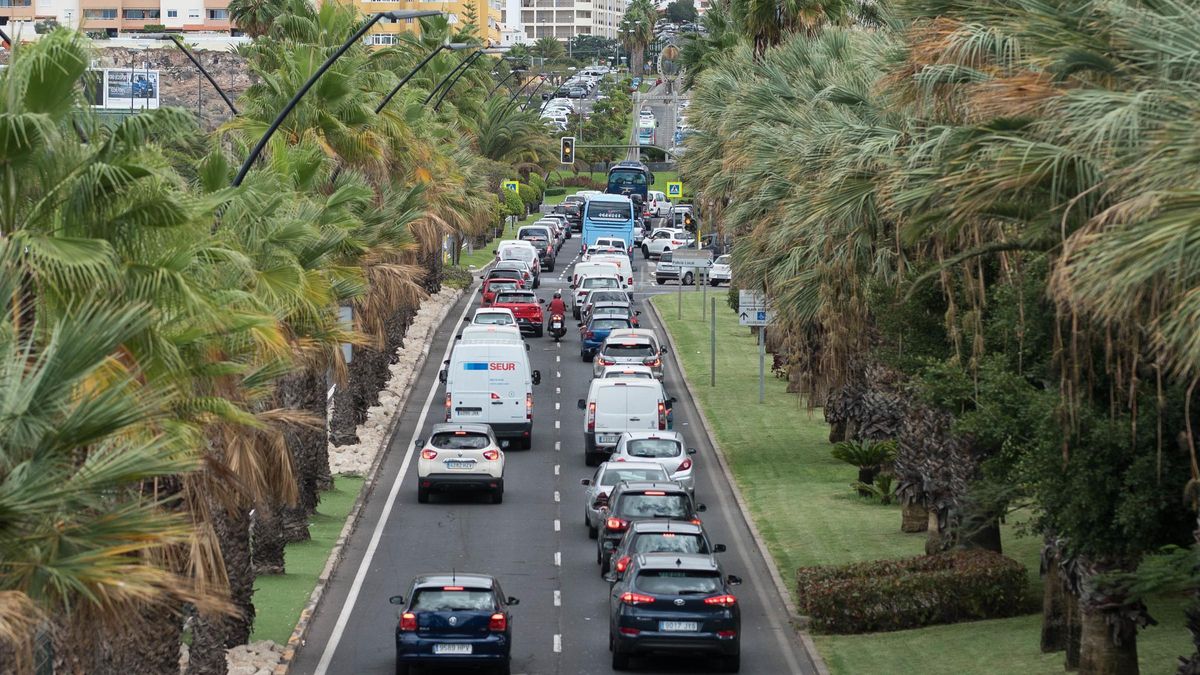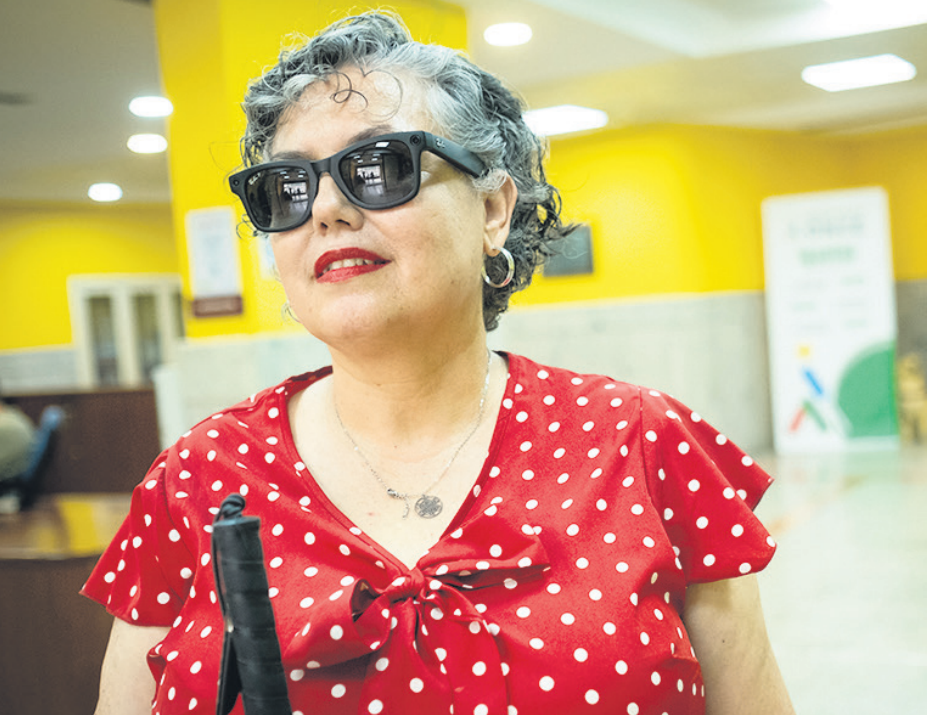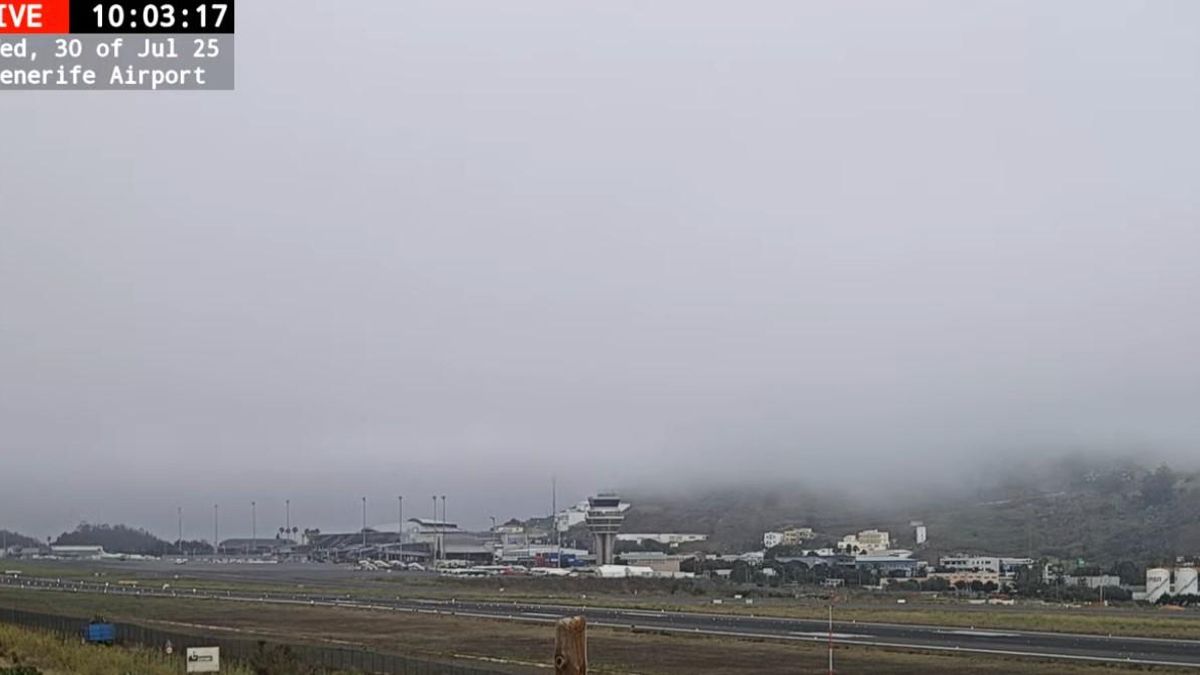Southern Project Update for Tenerife’s Railway Infrastructure

The southern project requires updating to include an Environmental Impact Statement and will commence with an initial phase connecting San Isidro and Adeje.
SANTA CRUZ DE TENERIFE, 4th Sep. (EUROPA PRESS) –
The central government, the Government of the Canary Islands, and the Cabildo of Tenerife signed a protocol on Thursday to promote the construction of two local trains on the island. This step is necessary before a multi-year agreement is signed to secure funding, mirroring the railway project in Gran Canaria.
Participants in the signing included Fernando Clavijo, President of the Canary Islands; Ángel Víctor Torres, Minister of Territorial Policy and Democratic Memory; José Antonio Santano, Secretary of State for Transport and Sustainable Mobility; Pablo Rodríguez, the Canary Islands Government’s Minister of Public Works; and Rosa Dávila, President of the Cabildo.
The aim, once funding is secured, is to initiate the first phase of the southern project, which will connect San Isidro with Costa Adeje, at an estimated cost of around €950 million—while the entire line will have a budget of approximately €2.5 billion.
However, the project must be updated and undergo the Environmental Impact Statement (DIA) process again, as the previous one has expired. The Cabildo anticipates this process could take around a year and a half.
Clavijo stated that they are “closer than ever” to having trains in Tenerife after “many years” of debate, highlighting the “leadership” of the Cabildo in these projects and recalling the “success” of the tram as a model for sustainable mobility.
He noted that “there is no other option” in the capital islands but to invest in guided transport to address mobility issues, emphasising that “the critical factor” now will be seeking funding.
In that regard, Clavijo mentioned that it has been agreed that the execution will be funded through the State General Budgets (PGE), although the “legal formula” still needs to be refined.
A Unique Collaborative Approach
Clavijo also highlighted that this protocol is an “example” of the “Canarian way” of doing politics, characterised by collaboration between all administrations despite their “different political colours.”
Torres acknowledged that this represents “an important but not definitive step,” and reminded attendees that since 2010, the State has been contributing funds for project drafting—over €50 million reserved in the PGE—and that the island has been advocating for a train since 1909, when an agreement was made for a line connecting Santa Cruz de Tenerife with Garachico.
He commended the Government’s “commitment” to this project, as is evident with the road agreements and the upcoming construction of the La Palma road post-eruption, and like Clavijo, he underscored that this protocol is a “model of institutional collaboration.”
Santano remarked that the train is the “main player” in mobility on the Peninsula and that it is “necessary to correct” its absence in the Canary Islands. Thus, the signing of this protocol is “a milestone” that will also aid in decarbonising mobility.
He also indicated that the Government views mobility as “a citizen’s right,” which has been included in the sustainable mobility bill currently being processed in Congress, while also opening the door for potential European funding.
Dávila: “An Essential Step”
Pablo Rodríguez described the day as “historic” for the island’s mobility as a “long-awaited dream” starts to crystallise, a vision led by the Cabildo—similar to that of Gran Canaria—with the drafting of projects and a “serious and thorough” approach.
Rosa Dávila noted that the signing of the protocol represents “an essential step” towards sustainable mobility on the island, appreciating the “efforts” of the technical teams from the involved administrations and their “political will.”
In this context, she stated that there is now a “clear and certain horizon” after “over twenty years of discussions about trains,” and did not hide the fact that the southern train project is further advanced than the northern one, which is “more credible” for citizens to begin with phase implementation.
Once completed, the southern train is expected to connect the island’s capital with Adeje in 39 minutes, and between San Isidro and the same municipality in just 13 minutes.
Regarding the northern project, the president acknowledged the technical challenges posed by the topography and is hopeful that within a few months, the main proposals from the international ideas competition convened by her corporation will be unveiled.














